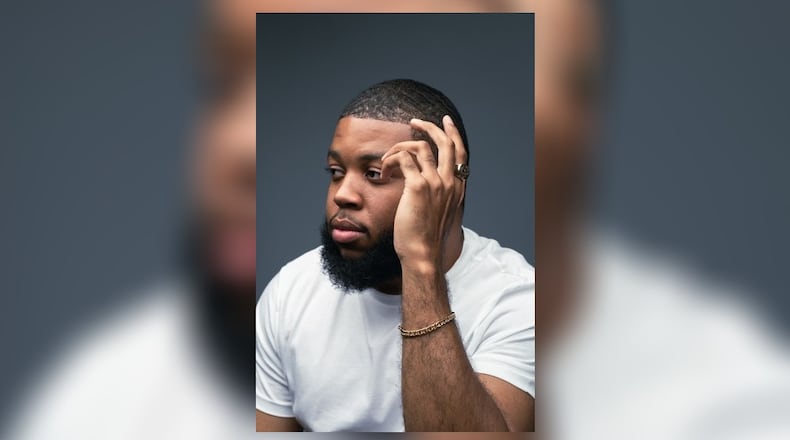Creative outlets have always been vehicles through which artists like myself can vent, self-soothe, heal, and say things that carry a weight verbal communication simply cannot handle. When we take something we want to express and blow it up to fill a wall on the side of a building, the message is amplified exponentially.
There is a significant amount of vulnerability in public art. The entire production process is on display for the world to see. Mistakes cannot be hidden, unlike posting a work of art on social media with a polished presentation that is often viewed as “perfect.” Being able to see the creative process unfold in real time helps to humanize the creator and invites people into something rarely witnessed. Public art also creates the possibility for community involvement, allowing people to join the artist in sharing a message that may resonate with them. The creative process allows for self-discovery and self-reflection; it is borderline therapeutic.
Creators of all disciplines must do a better job of letting people into our world so that the value of art can truly be understood by those who may not be creatively inclined. We can be better about providing context and insight into our ideas, which I believe would encourage more collaborative efforts within our communities.
On the other end of the spectrum, I would love for those who may not be fans of art, or who feel they don’t understand it, to open their minds to new possibilities. One thing I’ve noticed through teaching art-based workshops for adults is that we often don’t allow ourselves to dream anymore. Art is often approached as something only for children, or as something that has a “right” or “wrong” way to be done. In reality, art is one of the most empowering things we can do because it becomes whatever you make it.
We need creative outlets. We need spaces to empty our minds and our souls in ways that feed us internally. Public art, or in this case, graffiti, may not be the most ideal way for artists to leave their mark on their communities, but I believe the accessibility it provides to those who aren’t regularly exposed to art can be uplifting and bring people closer together. Collaboration is key to making art in all forms more acceptable and appreciated by the world around us.
Jamaal Durr is a visual artist, muralist and instructor based in the Dayton area. He teaches an ink and watercolor workshop at the Dayton Art Institute.
About the Author
